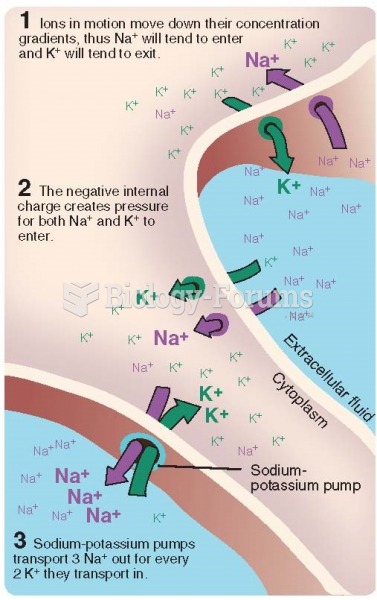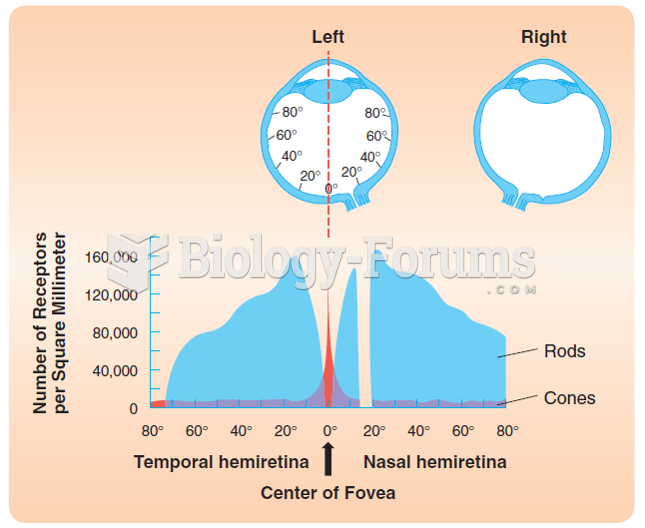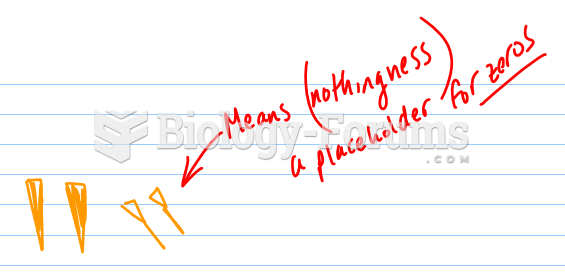|
|
|
Did you know?
Coca-Cola originally used coca leaves and caffeine from the African kola nut. It was advertised as a therapeutic agent and "pickerupper." Eventually, its formulation was changed, and the coca leaves were removed because of the effects of regulation on cocaine-related products.
Did you know?
The newest statin drug, rosuvastatin, has been called a superstatin because it appears to reduce LDL cholesterol to a greater degree than the other approved statin drugs.
Did you know?
Asthma cases in Americans are about 75% higher today than they were in 1980.
Did you know?
There are more sensory neurons in the tongue than in any other part of the body.
Did you know?
Blood is approximately twice as thick as water because of the cells and other components found in it.







